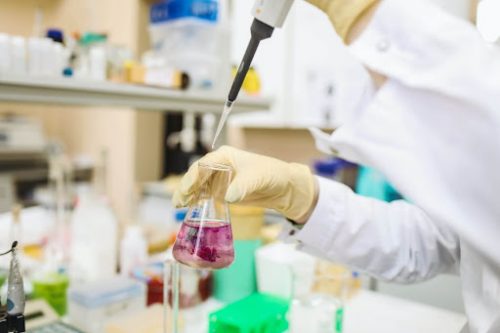
Before a sponsor may submit its therapies to the FDA for consideration to be put on the market, they must complete four phases of the clinical trial procedure. The clinical trials are typically carried out by professionals such as Clinical Ink. Each stage of a clinical trial serves a distinct purpose. They ensure that a medicine or treatment is safe and effective before making it available to the general population. Today we will explore those phases so that you have a better understanding of how the process works.
Phase 1
The goal of phase 1 is to make sure the medication is safe in humans and to see how and where it spreads throughout the body. This type of testing is usually done with a small sample of healthy participants. In addition, the trial sponsor keeps an eye on any significant adverse events, including any poisonous, unpleasant, or unwanted effects that cause death or harm one’s health, such as permanent disability, congenital disabilities, heart attacks, or other severe medical conditions.
The results of phase 1 are gathered, analyzed, and submitted to the FDA for approval to move on to phase 2 Clinical Trials. However, suppose the data demonstrate that the treatment was linked to one or more significant side effects. In that case, the FDA may refuse to allow the study to move forward to phase 2. Usually, that treatment’s testing is halted. However, the FDA will allow the therapy to advance to phase 2 if the trial satisfies the primary result, as established in the initial research design.
Phase II
These treatments have undergone phase 1 testing but may still experience adverse effects that the doctors are unaware of. Treatments can have a variety of effects on people. The size of phase 2 trials is usually more significant than phase 1. Up to 100 people may participate. In a phase 2 trial, a novel treatment is sometimes compared to an existing treatment or to a sham medicine called a Placebo. Randomization is used in several phase 2 tests. This means that the participants were assigned to treatment groups at random.
Phase III
Treatments that have been shown to work in phase II clinical trials must pass a final phase before being licensed for usage in the general population. Phase III clinical studies assess the novel treatment’s safety and effectiveness against the current standard of care. Because doctors are unsure which treatment is better, research participants are often assigned to the standard or innovative treatment at random. When feasible, neither the doctor nor the patient knows which treatment is being administered. A double-blind study is a name for this type of research.
In some phase III studies, placebos may be utilized. However, they are never used alone if a better treatment is available. For example, a patient who is randomly allocated to the placebo for a portion of the research may be offered the usual treatment at some point. Like those in other tests, patients in phase III clinical trials are continuously monitored for side effects, and therapy is halted if they become too difficult to control.
Phase IV
In phase IV studies, drugs that the FDA has approved are generally monitored for a long time. Even after thousands of patients have been exposed to a new therapy, not all of the treatment’s side effects may be known. Some questions may remain unanswered. For instance, a medicine may be approved by the FDA if shown to minimize the chance of cancer returning following therapy.
Is this, however, a guarantee that individuals who obtain it will live longer? Are there any uncommon side effects that have yet to be discovered or side effects that only appear after a lengthy period of use? These problems can take a long time to answer, and they’re frequently addressed in phase IV clinical trials.
You can obtain the medications used in a phase IV trial without participating in a study, and the treatment you’d receive in a phase IV study is quite similar to what you’d get if you didn’t participate in the trial. In phase IV trials, on the other hand, you’re assisting researchers in learning more about the treatment while also providing a service to future patients.
Interesting Related Article: “What are clinical trials? Definition and examples”

